 June is not only the month for summer fun; it is also a month to get prepared! June is National Safety Month. The summer hosts a number of fun activities for warm weather, but it is also important that you are safe about these activities. From the pool to the lake it is important to not only have fun, but also to be safe.
June is not only the month for summer fun; it is also a month to get prepared! June is National Safety Month. The summer hosts a number of fun activities for warm weather, but it is also important that you are safe about these activities. From the pool to the lake it is important to not only have fun, but also to be safe.
Summer time is also a host to weather emergencies such as hurricanes and high temperatures that can cause injuries. How will you prepare yourself and your family for these various natural emergencies? Below are 10 simple ways that you can prepare your family for any summer related emergency that may come your way!
- Make an emergency kit: Build an emergency kit so that you can survive after a disaster. Your kit should include enough food, water, and supplies to last you at least 72 hours.
- Learn your surroundings: Make sure that you have a safe place to go in times of emergency.
- Locate your lifeguards: If you are not a strong swimmer or you have small children at the pool, make sure you know where the lifeguards are located. Locating lifeguards ensure you will be able to find them when needed.
-
Time for lawn upkeep: Hurricanes mean strong winds! Make sure that your trees and shrubs are trimmed to
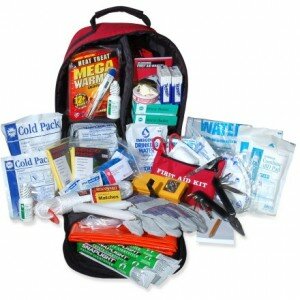 prevent house damage.
prevent house damage.
- Stay inside: Summer weather means high temperatures causing such things as smog. When the air quality is poor it is important to stay inside. Ensure your safety by monitoring your local weather report.
- Never leave your car unattended: High temperatures mean increased chance of heat related injuries. Never leave your children or pets in the car unattended!
- Become CPR certified: Have little kids? No lifeguard at your neighborhood pool? Take a CPR class with your local Red Cross chapter. Your breath could mean life or death for your child.
- Keep an eye out: Drowning is one of the top 5 factors of death in your children. Know where your child is at all times. Seconds can mean life or death.
- Life vests vs. water wings: Although water wings are typically marketed to protect your child. Most pools outlaw them due to their low safety rating. Purchase a life vest to ensure your young swimmer’s safety in the water.
- Stay hydrated: Spending a long day outside? Ensure your overall health and prevent yourself from a heat-related injury by drinking lots of fluids while outside.
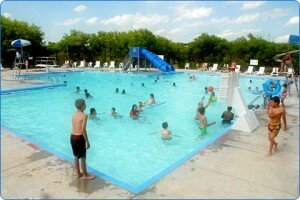 Summer time is such a great time of year. By following these tips, you will ensure a care-free season for your entire family!
Summer time is such a great time of year. By following these tips, you will ensure a care-free season for your entire family!
How are you preparing your family for the summer? We would love to hear about it in the comments section below!

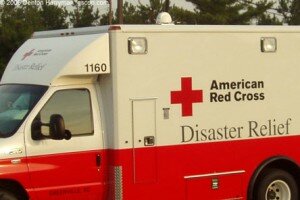 March is a month full of fun and sometimes interesting holidays March is not only a time to celebrate National Noodle Month, but it is also
March is a month full of fun and sometimes interesting holidays March is not only a time to celebrate National Noodle Month, but it is also 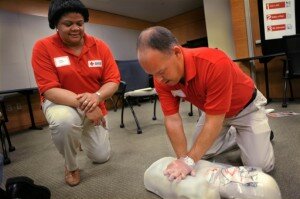
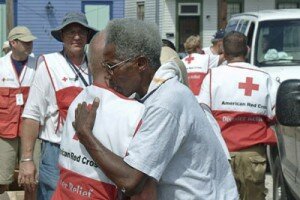 We hope that these suggestions will help you become more prepared for any emergency that may come your way. Make sure you stay informed on your community’s weather and health conditions so that you may be ready for all types of disasters. It is important to celebrate everything the Red Cross does to help the community by adopting their practices in your own routine. Get out and stay prepared today!
We hope that these suggestions will help you become more prepared for any emergency that may come your way. Make sure you stay informed on your community’s weather and health conditions so that you may be ready for all types of disasters. It is important to celebrate everything the Red Cross does to help the community by adopting their practices in your own routine. Get out and stay prepared today!



